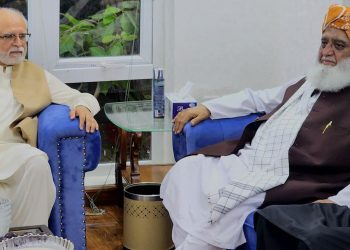Socio-economic disparity, also referred to as gender inequality, is becoming a growing national concern in Pakistan. The rapid increase in our population is not translating into economic progress, particularly for women. Despite recent efforts to improve women’s rights in Pakistan, gender inequality remains a significant challenge.
In the field of education, we lag behind developed nations, with a literacy rate of 72.8% for men compared to only 57.5% for women.
In the past decade, there has been a slight reduction in socio-economic disparity in education between men and women, but the progress has been slow. Women’s participation in the labor force has only improved marginally, especially in economic sectors. Last year, women constituted only 25.4% of the labor force compared to men’s 82.7%, indicating restricted access to economic opportunities, affecting their financial independence and autonomy.
When discussing political representation, empowering women in decision-making processes is of utmost importance. While there has been some progress in recent years, with 20% of seats in the National Assembly and 17% in the Senate occupied by women, there is still room for improvement. The representation of women in the democratic system, although present, needs enhancement to address socio-economic disparities further.
However, when it comes to addressing socio-economic disparities, it is crucial to acknowledge the severity and sensitivity of gender-based violence. Recently, a perpetrator, Shah Nawaz Amir, was sentenced to death in the high-profile case of Sara Inaam’s murder, highlighting the gravity of the issue. Despite this, the occurrence of gender-based violence is not isolated, with incidents like the Noor Mukadam case, the Zainab case, and Sara Inaam’s case portraying women and girls as victims of severe violence, indicating a need for urgent attention and action.
In the face of increasing incidents of violence against women in 2023, with a rise of over 10%, it is imperative to protect our mothers, sisters, and daughters from becoming victims. This alarming trend can contribute to the deterioration and destruction of society. Women also face socio-economic challenges in the healthcare sector.
In the field of healthcare, the maternal mortality rate during childbirth is notably high in comparison to other countries, standing at 186 per 100,000 live births. It is essential for the government to address these pressing issues and take further steps to ensure the protection of women’s rights.































